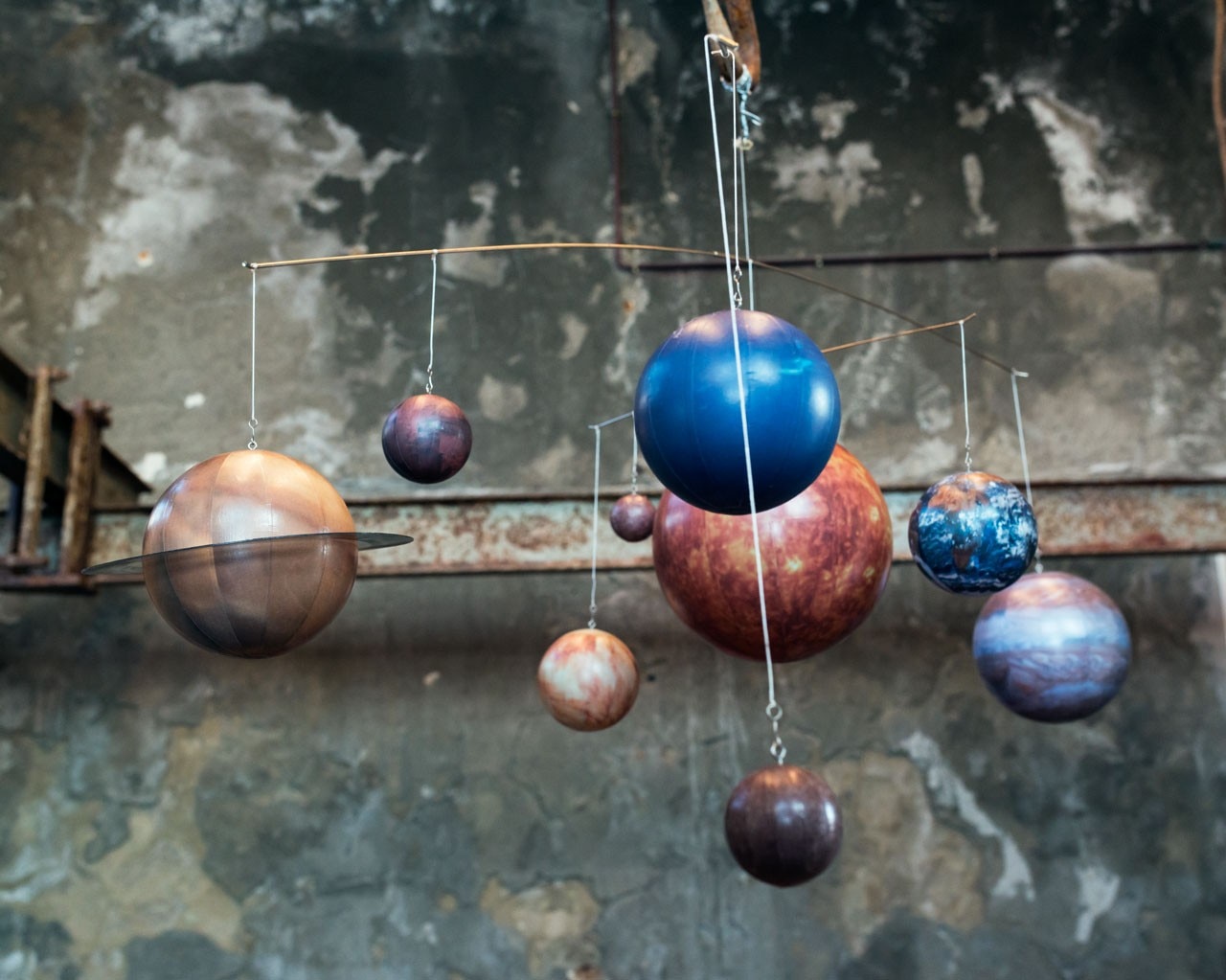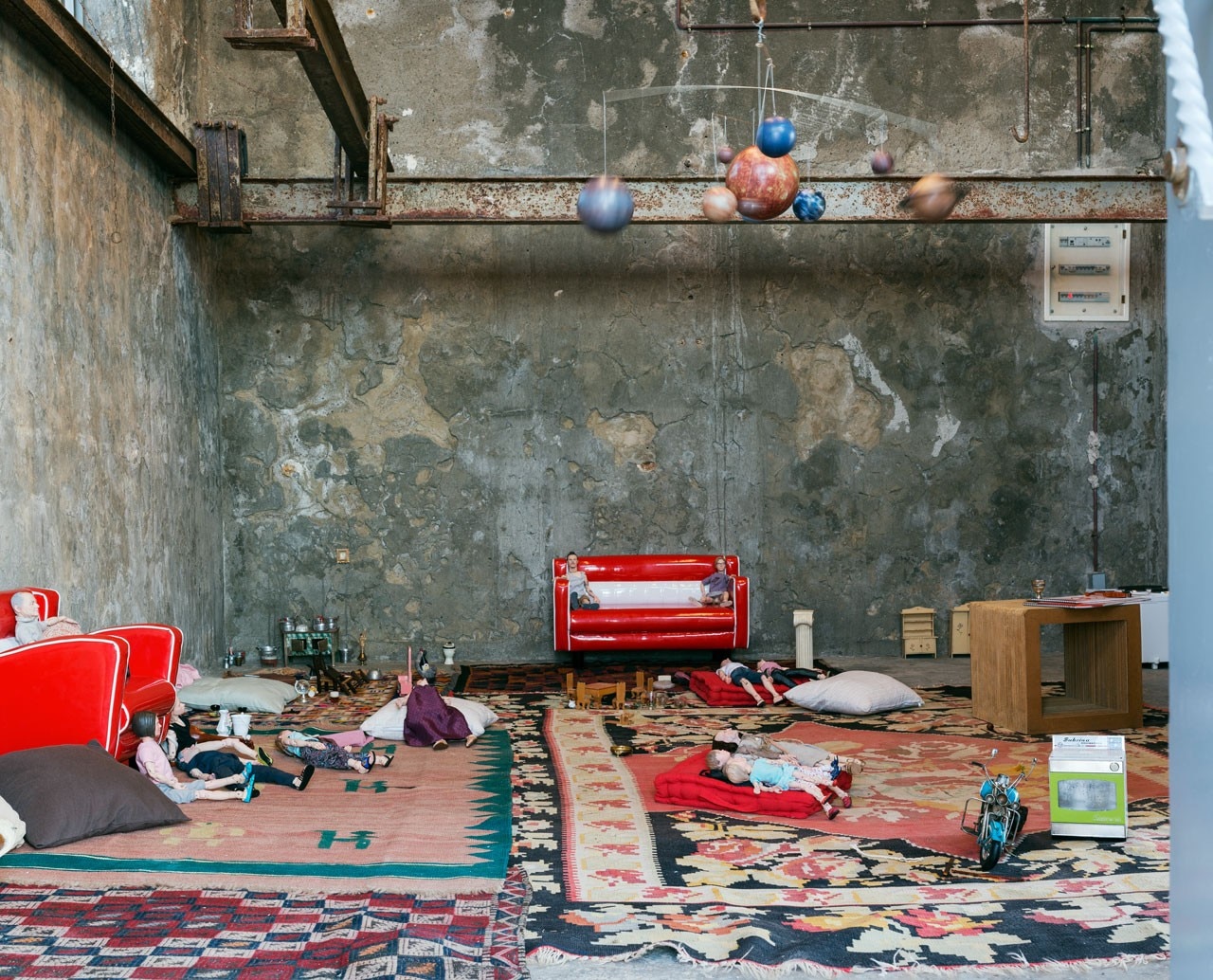
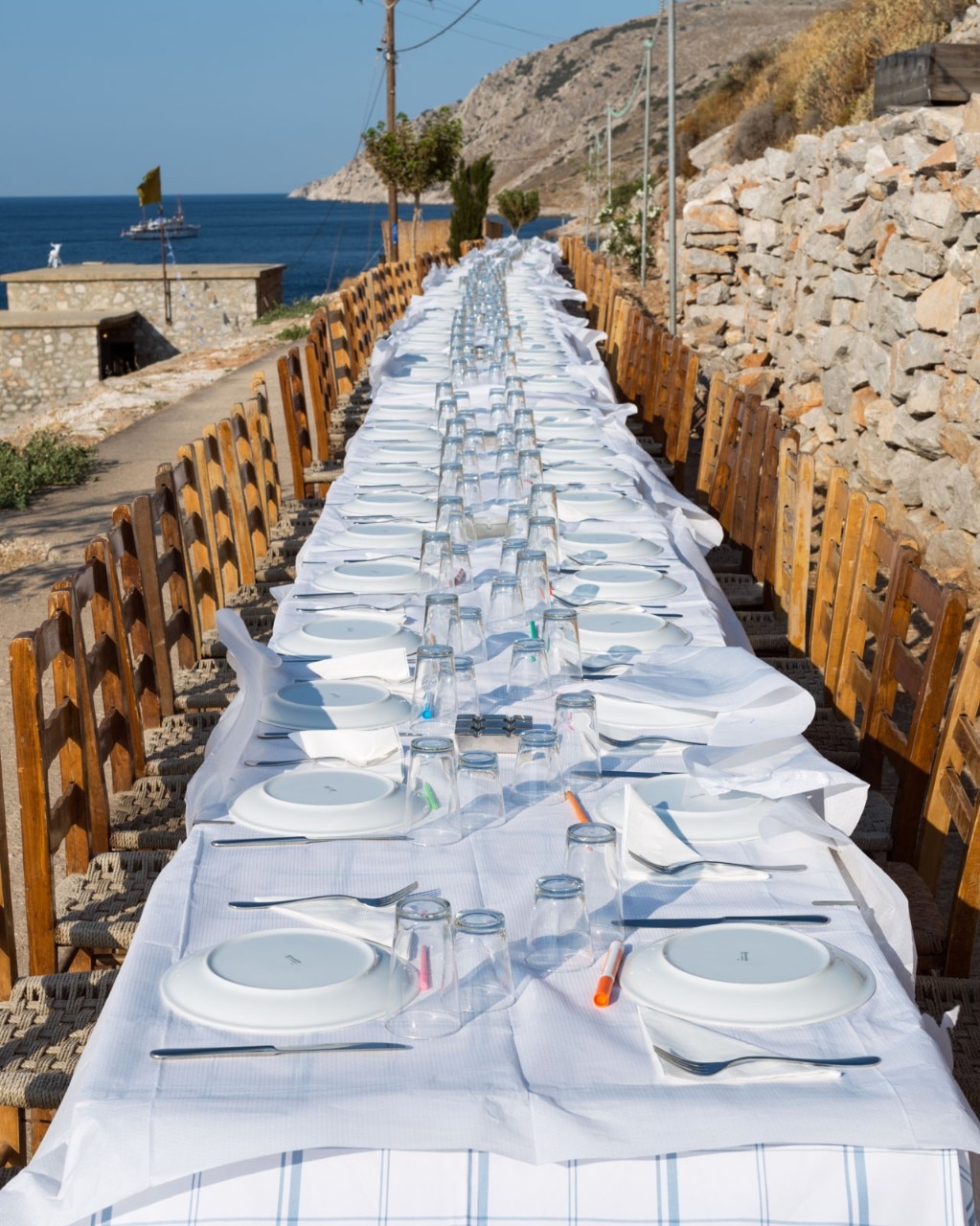
Joannou is a generous and enthusiastic master of the house and, at his invitation, Althamer turned the slaughterhouse into an interactive space, combining the sculptural and performative aspects of his work with a number of social experiments in which communication and creativity merge to construct a tangle of intimate relationships reminiscent of those formed within the family nucleus. Yes, the family is the crux of this new project: by interacting and, literally, playing with a group of puppets to which Althamer has given the faces of his family members, the public can rethink their own personal relationships, letting themselves go in a context in which the figure of the artist gradually vanishes to make way for personal stories and a reciprocal exchange between the participants. Once again, Althamer has pushed the boundaries of his work to the point where his objects acquire a human essence.
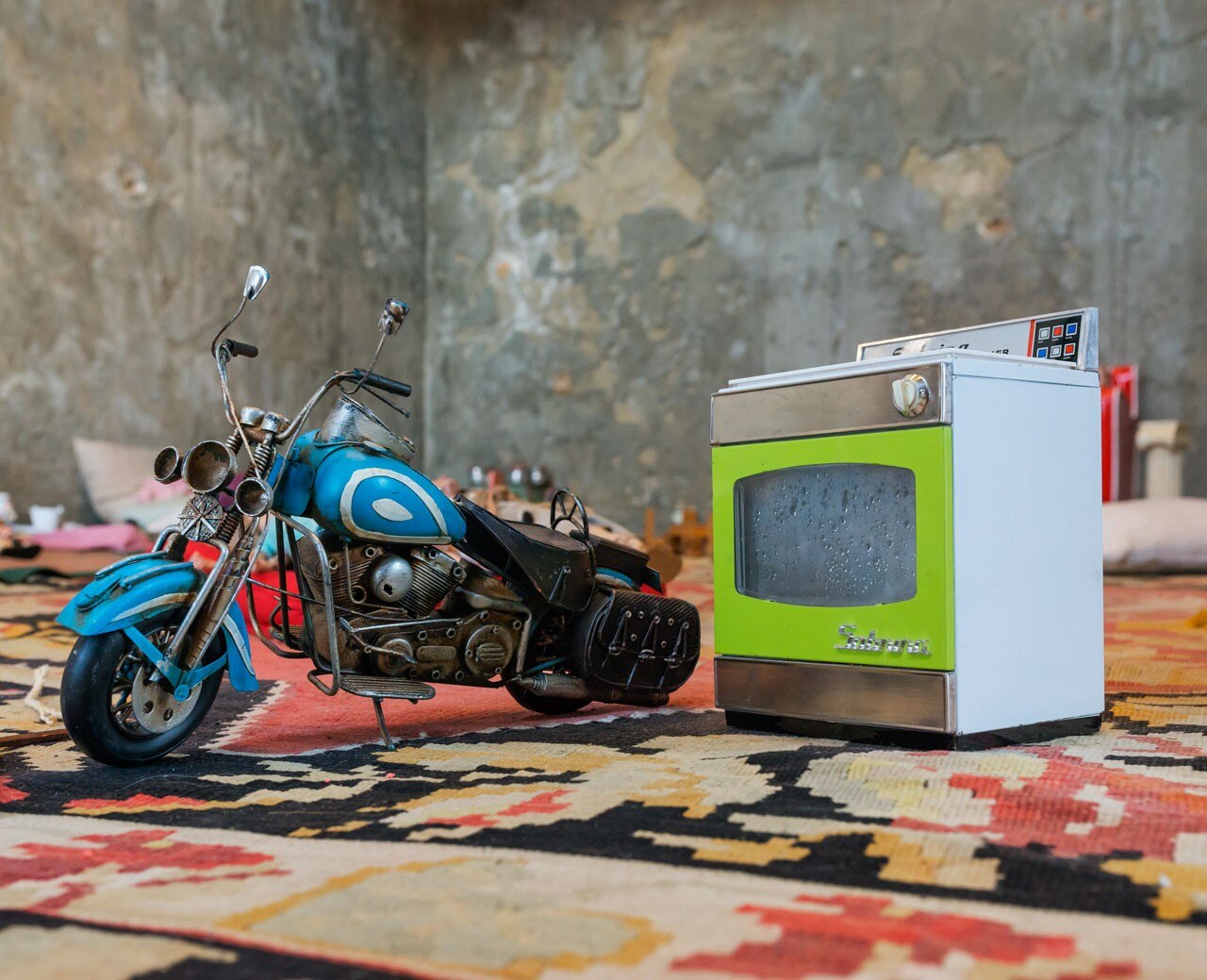
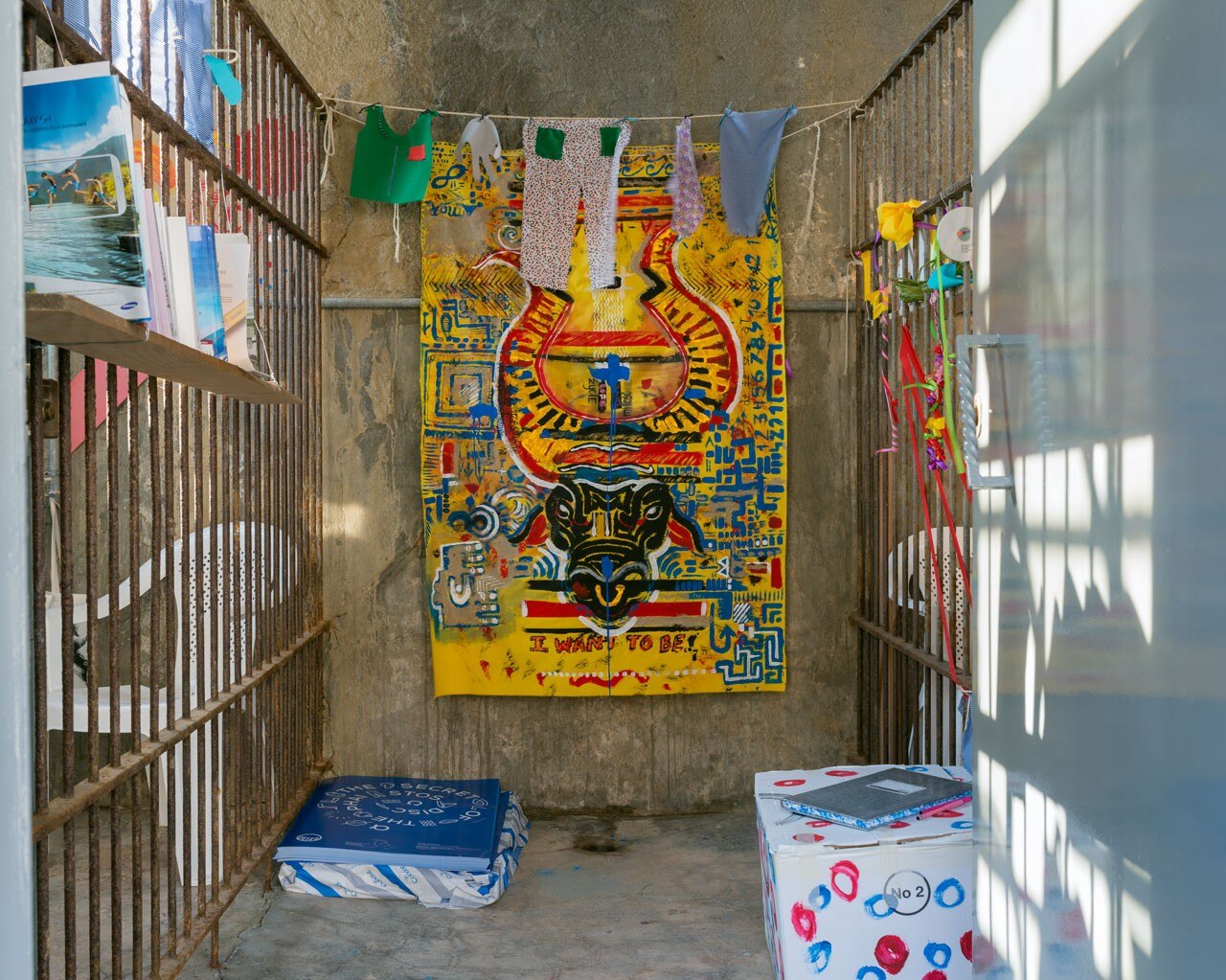
This is why there is a grain of truth in the way he puts himself publically forward as a modern-day shaman (an expression he often adopts himself) rather than as a figurative artist. He frequently uses the word constellation in his encounters with the public on Hydra, almost as if keen to give a meaning to the miniature solar system hanging in the centre of the room where he gathers the visitors. With equal emphasis and frequency, he speaks of experience, initiation, state of mind, combination, ritual, universe, intuition, spirit and energy – perhaps not wishing to fall short of the expectations of those familiar with his previous works.
Nonetheless, although it is not easy to fully grasp the meaning of his words and arrive at a univocal interpretation of his work, an interpretation intentionally avoided by the artist, Pawel Althamer’s work moves in a very specific direction. Participation is one of his principal objectives; the artist knows that, by becoming the vehicle of others’ dreams and insecurities, he can trigger that sense of community and sharing that, as he himself says, can lead to “healing”.

“I see Oskar Hansen as the root of my knowledge and my education”, explains Althamer. “As too Grzegorz Kowalski, a former Hansen student who was my teacher. It is to them that I owe the concept that communicating is the simplest and most immediate way of identifying a problem, even the most serious problem. When you grasp this concept and start to practise it, then you can, at last, ask yourself who you are and start ‘playing’ with the rest of the world. Totally naturally.”
Oskar Hansen (1922-2005) was a visionary architect and model teacher for an entire generation of post-war Polish artists. In 1959, he formulated the idea of “open form”, to which he devoted his whole life and career. Hansen’s “open form” is based on the process, interaction and violation of the traditional artist-public hierarchy that often denies the observer’s subjectivity in favour of a univocal interpretation, thereby stopping any ambiguous meaning from emerging. Hansen thought form had to be socially circumscribed and space had to be the result of the human activities that basically construct it. In Hansen’s view, human activity becomes “spatial form”.
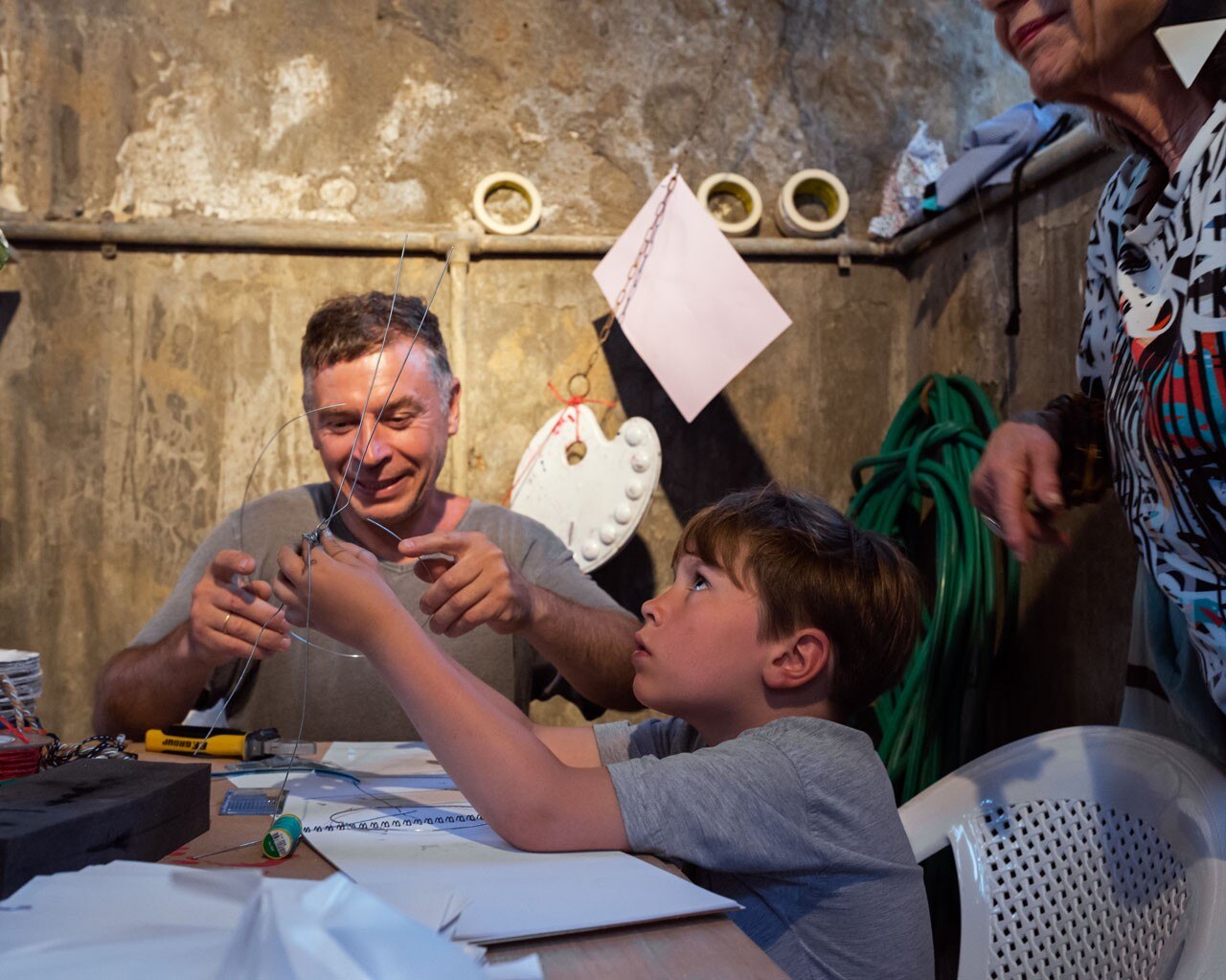
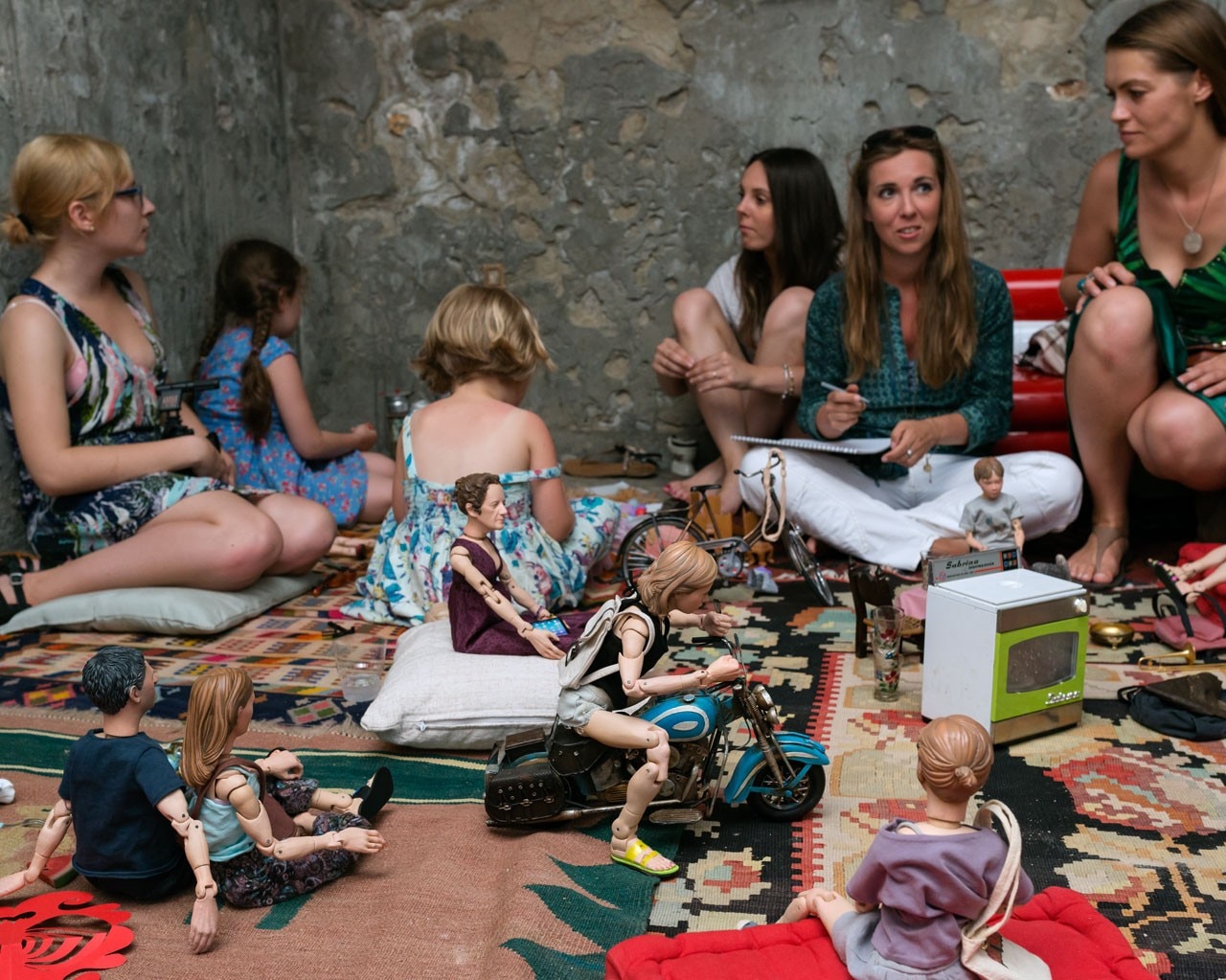
This is exactly what happens in Pawel Althamer’s work which, aprioristically, evades a univocal interpretation in favour of collectively constructed space. In “The Secret of the Phaistos Disc”, Althamer has chosen a typical object from Greek history and culture to symbolise the chance to construct shared meanings and he invites the public to interact with the form. The ambiguity of the Phaistos Disc, which has never been deciphered as the signs impressed on the terracotta do not match any other know writing, serves to trigger the communication and collaboration process that Althamer always pursues in his works.
It is becomes clear why, in an old abandoned slaughterhouse on the island of Hydra, Althamer once again returns visitors to their primordial roots in a vortex of knowledge that take them back to a “primitive” interpretation of reality and their own identity. The four rooms in the Slaughterhouse are a place of shared experiences that invite spectators to leave a trace of their presence. The artist has set up a workshop containing basic tools: paintbrushes, colours and paper. A small library has been installed in the adjacent room, where the mysterious symbols inscribed on the Phaistos Disc are replaced by equally mysterious book titles, almost as if to say that the key to the ancient terracotta disc lies in personal research – and knowledge.
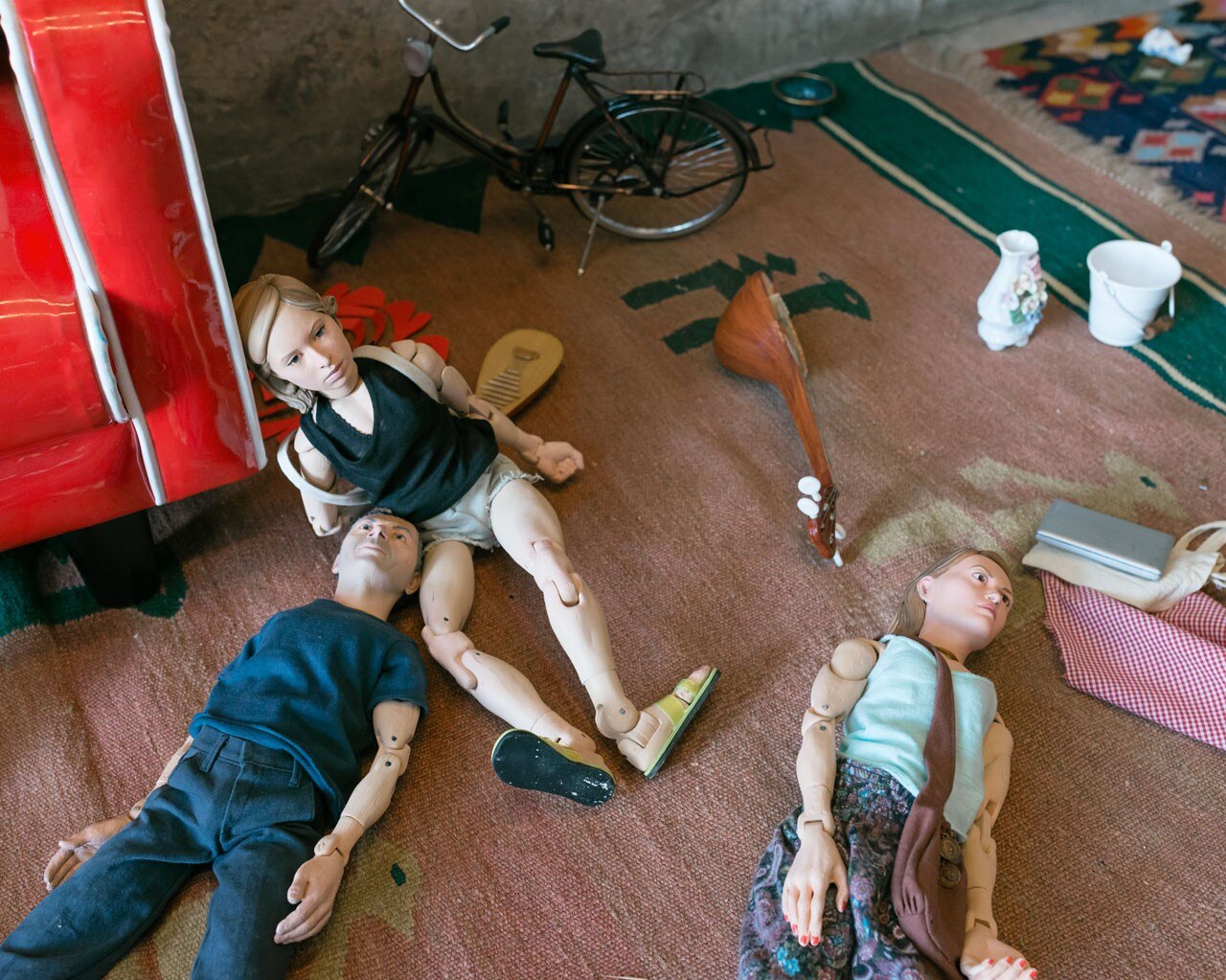
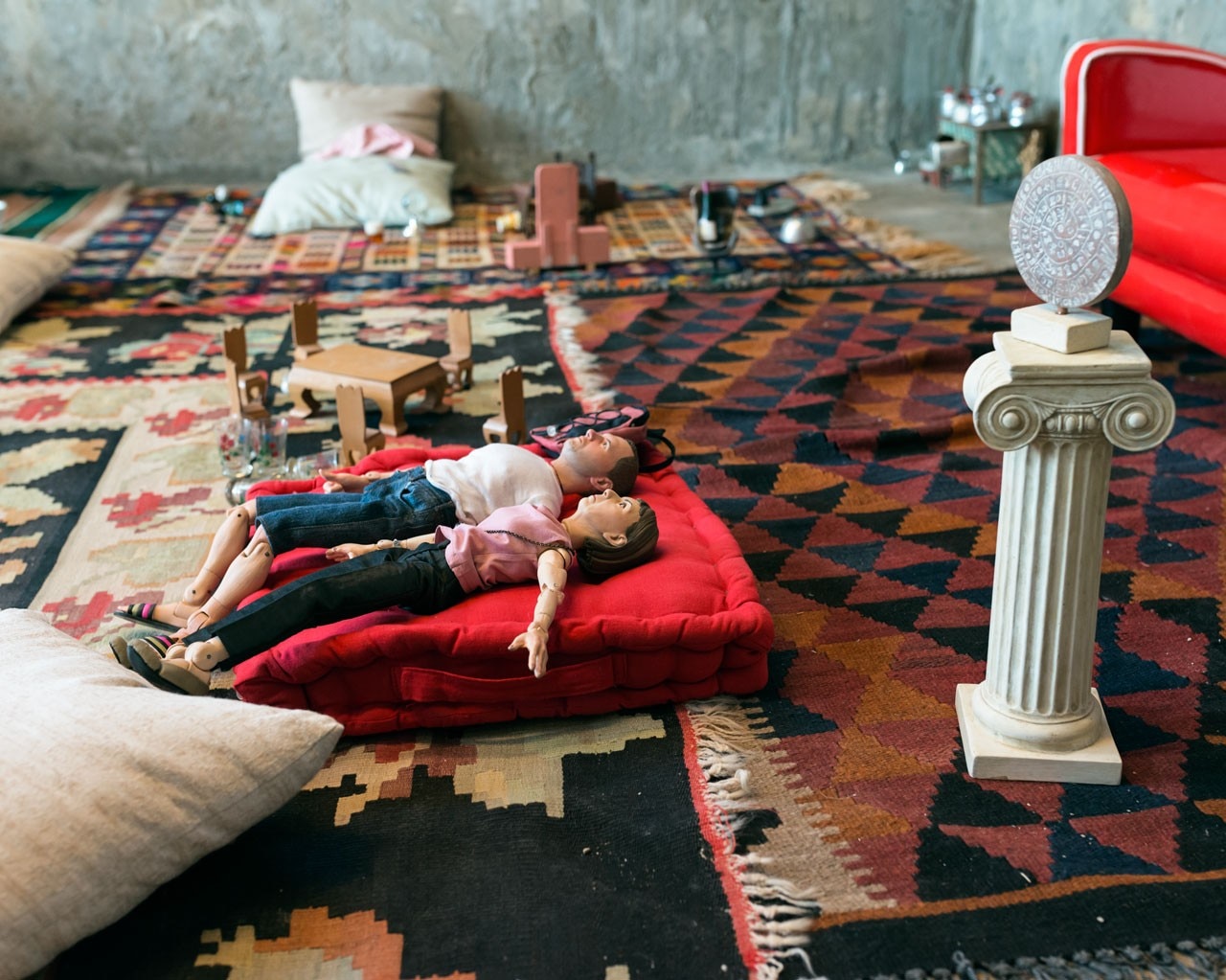
“Watching my children playing,” admits Althamer, “has taught me that children, especially the youngest, are remarkable teachers of ‘open form’ and this prompted me to make the puppets. I believe that spontaneously throwing ourselves into the ritual of playing with these dolls can inspire us to redesign the way we see the world we live in. It is an important process that, in its simplicity, allows us to be actors and, by redefining the role of these objects, to rethink who we are and what we want.”
In his total frankness, Althamer reasserts himself and his work as a tool of “initiation”, a pretext to construct a community of individuals that by interacting and sharing fears or aspirations can rediscover themselves and learn to know others. “We must look at the practical side of our knowledge,” continues Althamer, “and understand how to fuel and support this integration process. Collectively, we can activate a power and with this collectiveness inspire each other and recognise who we are.”
In the case of “The Secret of the Phaistos Disc”, the puppets are a translation of the symbols inscribed on the terracotta disc, elements with which we, as visitors, can interact and in so doing change the meaning and cultural interpretations of this mysterious object to give history a new and different direction.
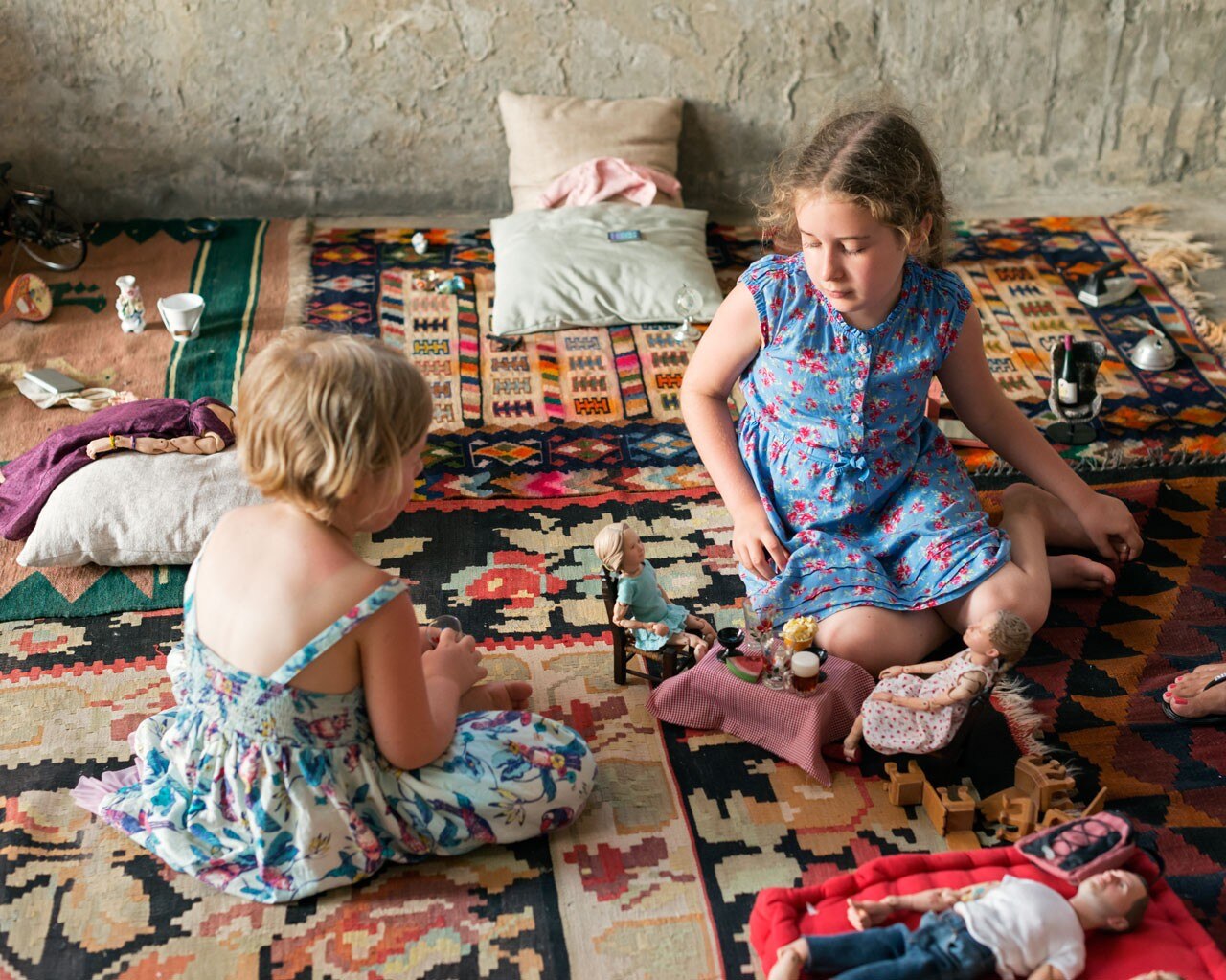
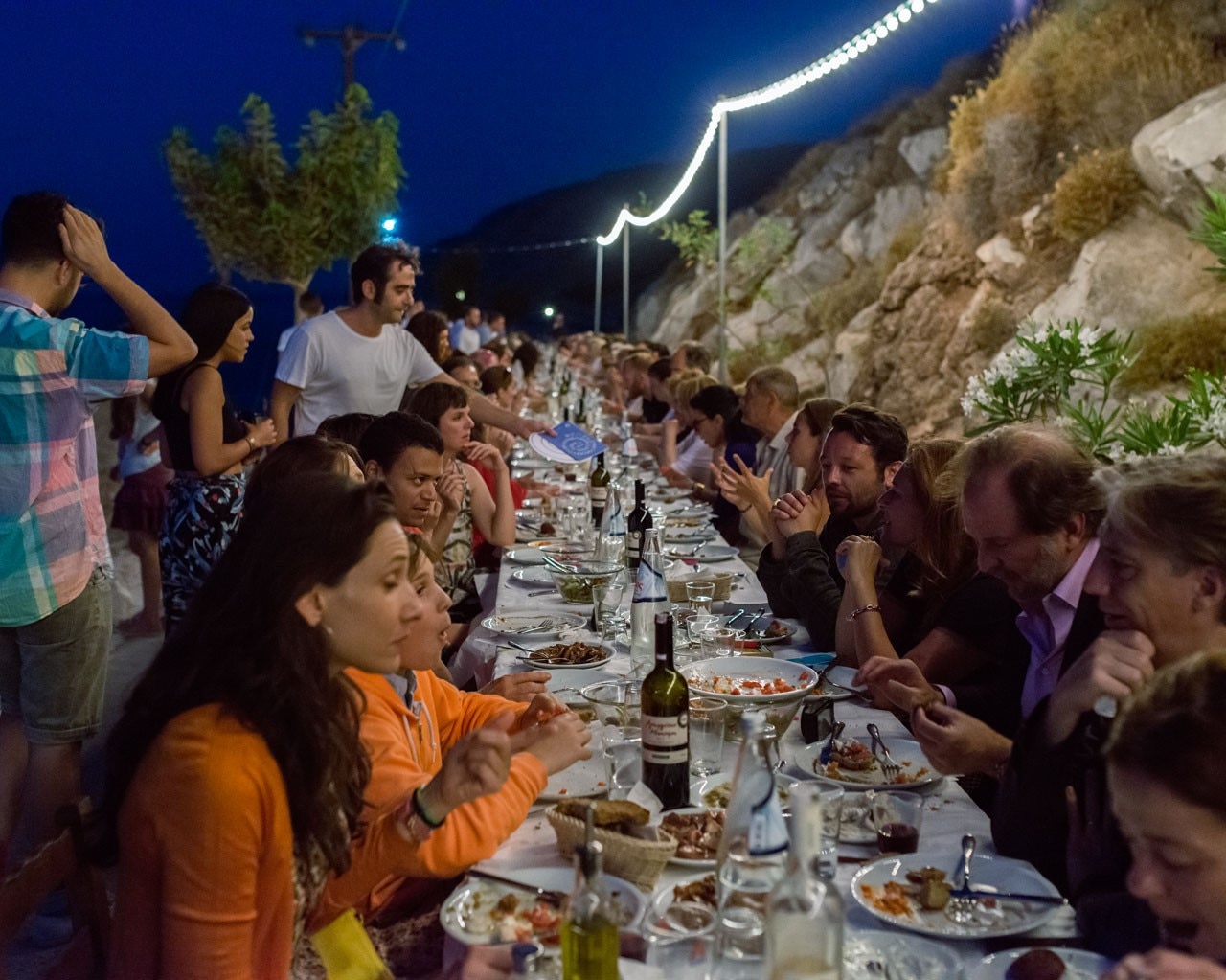
23 June – 29 September 2014
Pawel Althamer: The secret of the Phaistos Disc
DESTE Foundation Project Space
Slaughterhouse, Hydra


